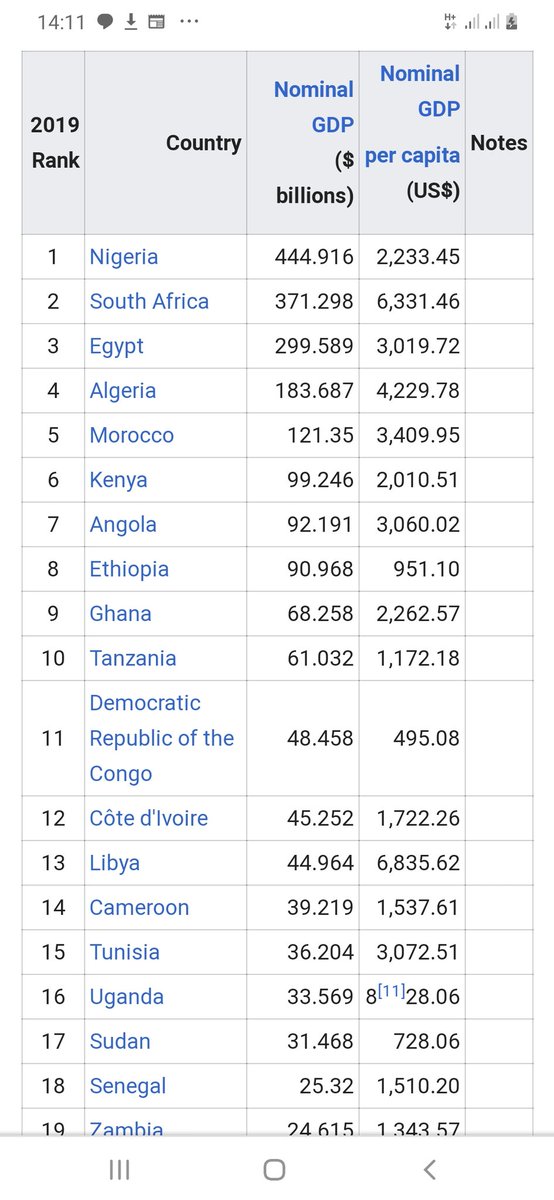If a coin flips head 10 times in a row, what's the probability it flips head also on the 11th throw?
The correct answer is *more* than 50%.
(thread, 1/N)
In the real world, however there are more possibilities. Perhaps, the coin is loaded or the person throwing the coin does so in a way which results in a higher chance of heads.
In the real world, the right answer would be: 50% + 50% times the probability that the throw is not a "textbook throw". The result is strictly >50%.
What does this have to do with the pandemic?
Most analyses are made as if they were a textbook exercise, where data is assumed to be correct.
I'm saying that data might be incorrect because:
- limited testing capabilities
- people are afraid to go to hospitals
- waiting queues
- false positives / negatives
- etc.
This shouldn't be surprising because some ITALIAN DOCTORS HAVE BEEN SAYING SO FOR DAYS.
And yet this seems neglected by most.
We don't, and our analyses and strategies should address this.
Below, a call for crowdsourced data to get more reliable information.
- if the Italian lockdown is working less well than expected
- if more people are dying than official numbers shown
This is information which governments must know before they base their new policies on wrong or incomplete data.
- The pandemic is not a textbook exercise where data can be assumed to be correct and exhaustive
- We must attempt to estimate the amount of undertesting
and of shadow mortality (or assume it's high)
- Please provide me with the data for your city as per tweet #9 🙏




